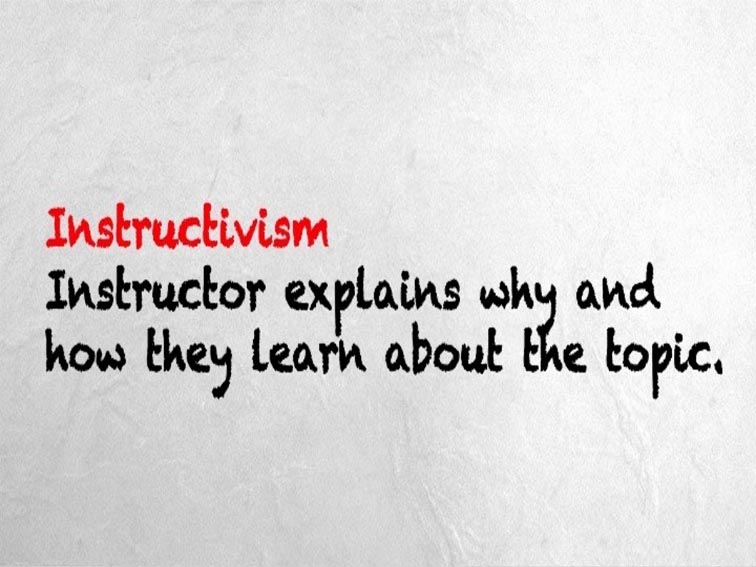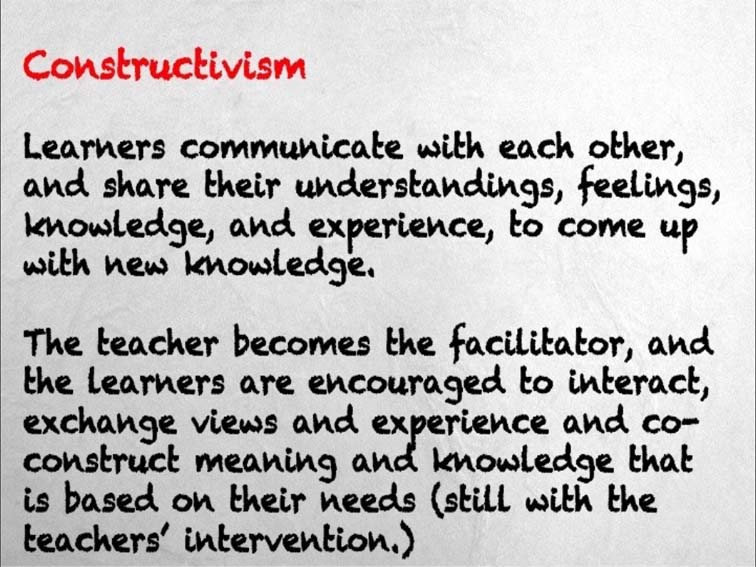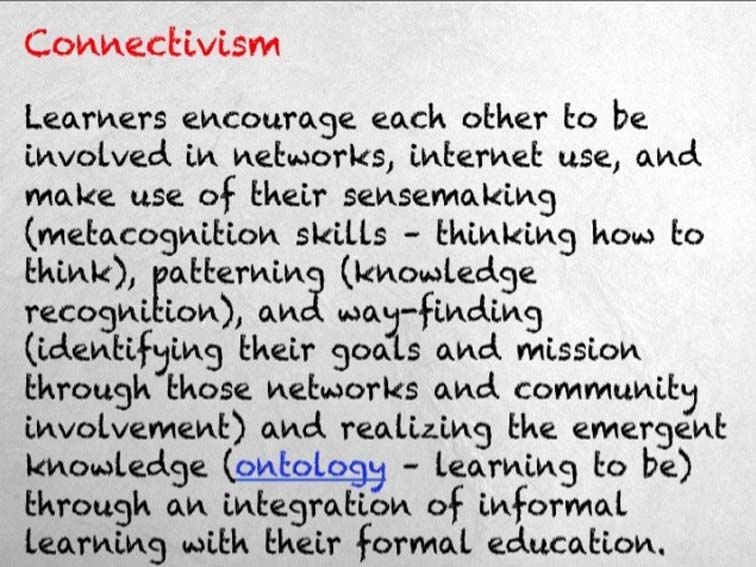The Difference Between Instructivism, Constructivism, and Connectivism in Education
by Terry Heick
The Difference Between Instructivism, Constructivism, & Connectivism
In education, much of our work comes back to a search for better—better curriculum, better instruction, better assessment, better tools. Beneath these approaches are questions about how exactly it is that people actually learn. Three of the most influential perspectives—instructivism, constructivism, and connectivism—offer distinct ways of thinking about knowledge, teaching, and learning.
Instructivism
Instructivism is rooted in behaviorist and cognitivist traditions. Knowledge is seen as something objective that can be transmitted from teacher to student. The teacher designs and delivers content, and learning is demonstrated through measurable outcomes such as tests or standardized assessments. This model provides structure and clarity, but can underemphasize learner agency and real-world application (Skinner, 1953).
Constructivism
Constructivism shifts the focus from transmission to construction. Learners actively build knowledge through experience, reflection, and social interaction. Teachers act as facilitators who design opportunities for exploration, problem-solving, and dialogue. The approach draws on the developmental work of Piaget and the sociocultural perspective of Vygotsky and is reflected in strategies such as project-based learning and inquiry-driven classrooms (Piaget, 1970; Vygotsky, 1978).
Connectivism
Connectivism, a more recent theory developed by George Siemens and Stephen Downes, emphasizes learning in digital and networked environments. Here, knowledge is distributed across communities, technologies, and information sources, and learning is the ability to form and navigate those networks. Teachers often act as curators and guides, helping students access and evaluate information in rapidly changing contexts (Siemens, 2005).
Research suggests that no single approach is sufficient in every context. Instructivism offers efficiency and clarity, constructivism supports deeper understanding, and connectivism reflects the realities of digital-age learning. Effective teaching often blends elements of all three, adapting to subject matter, learner needs, and available resources. Together, these perspectives help educators design learning that is both rigorous and responsive to an increasingly complex world.
References:
Piaget, J. (1970). Science of Education and the Psychology of the Child. Orion Press.
Skinner, B. F. (1953). Science and Human Behavior. Macmillan.
Vygotsky, L. S. (1978). Mind in Society: The Development of Higher Psychological Processes. Harvard University Press.
Siemens, G. (2005). Connectivism: A learning theory for the digital age. International Journal of Instructional Technology and Distance Learning, 2(1), 3–10.
Available online.

Constructivism

Connectivism


